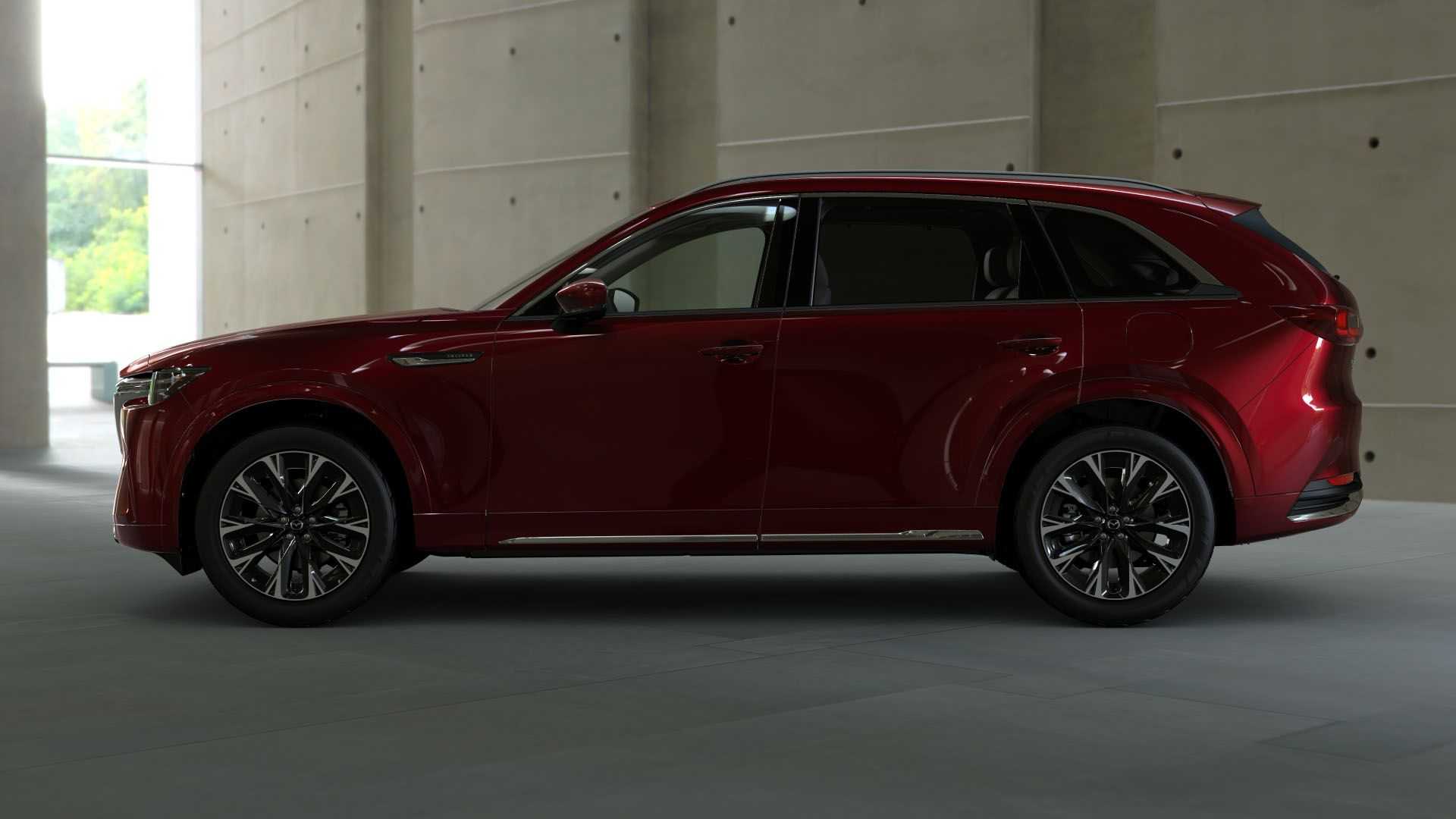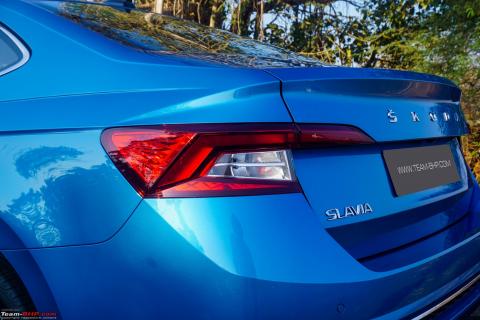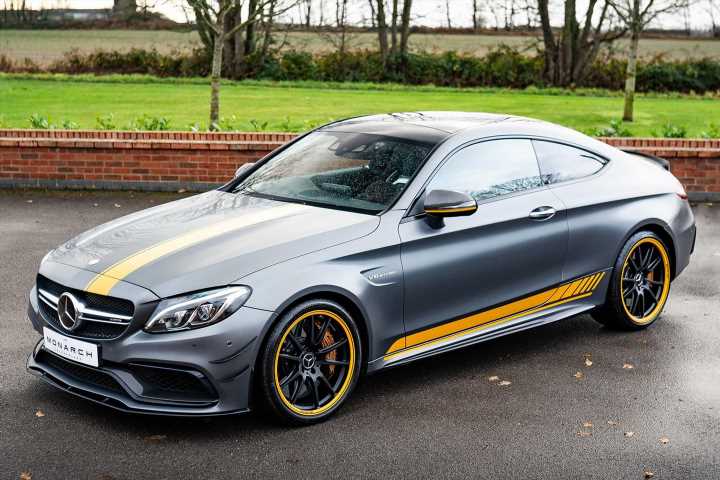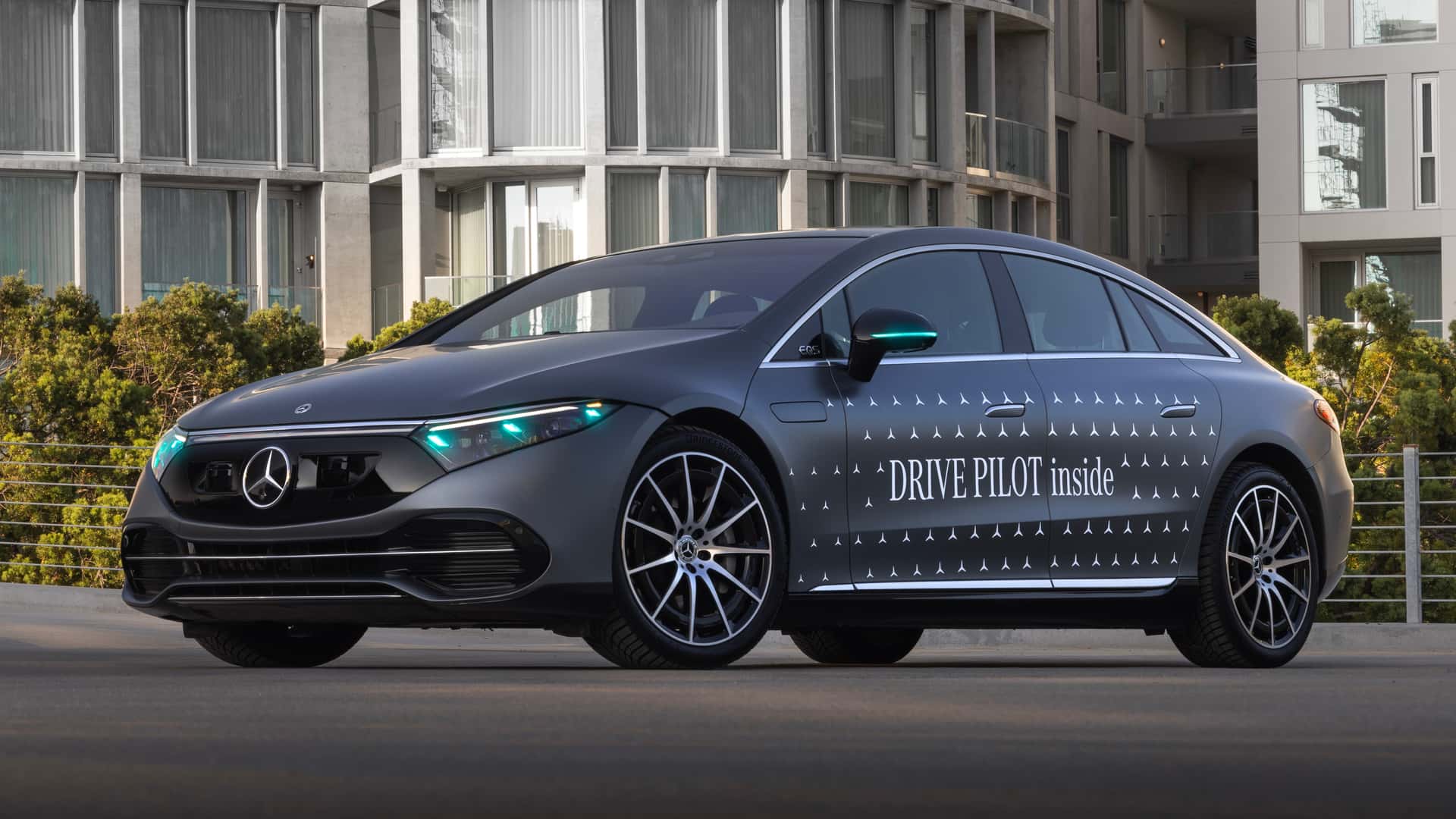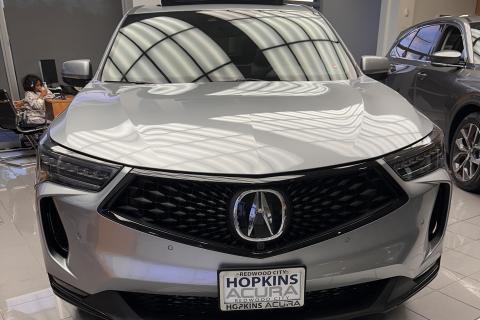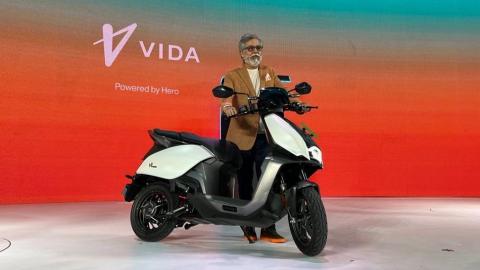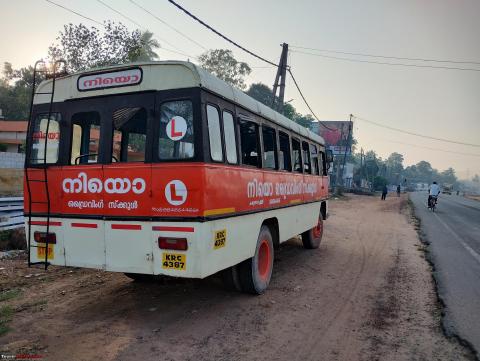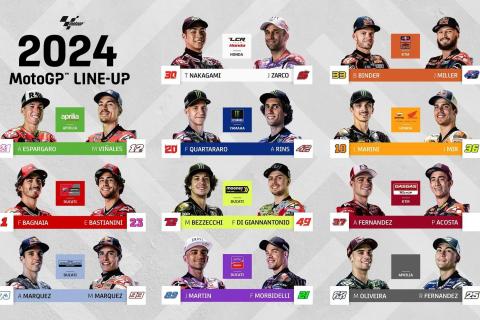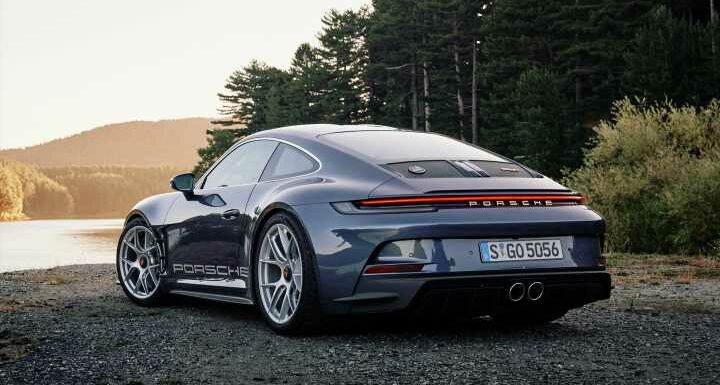
Porsche wanted an appropriate successor to the ground-breaking 911 R. Has it delivered?
By Nic Cackett / Tuesday, 26 September 2023 / Loading comments
Having arrived in Italy, we were swiftly told what two-time WRC champ and confirmed Porsche super-fan Walter Röhrl thought of the new 911 S/T. “The 911 S/T is the best road car I have ever driven. It meets my expectations of a perfect sports car down to the smallest detail. Actually, the car should be called the Porsche 911 Walter Röhrl.” Some quote, right? One coyly acknowledged by the great man himself, hovering at the back of the room in wraparound sunglasses and über-hand aura. Röhrl is Porsche’s boy on these occasions, obviously – but no one (least of all the hand that feeds him) tells him what to think or say. Röhrl has been brutally honest with everyone in earshot for virtually as long as Porsche has been making the 911 – absolutely no reason to think he’s changed now.
Not even for the 911’s birthday. Granted, Porsche has had its party poppers on a hair trigger all year, but the intimation in Italy was that 60 years of sports car legacy really was culminating in the launch of something special. Something the manufacturer – and its motorsport division in particular – could pin its much-celebrated colours on. And charge a small fortune for. Historically speaking, the S/T badge recalls the internal designation given to a powered-up and stripped-out version of the 2.5-litre 911 S produced in vanishingly small numbers in the early ‘70s – but spiritually, thematically and certainly commercially, the model’s real forerunner is the 991-generation 911 R. No one needs reminding of the impression that car’s 991-unit production run left on its maker back in 2016; anniversary or not, its rampant popularity with buyers virtually guaranteed a 992 successor.
Consequently, the basic formula – streamlined styling, manual gearbox, GT3 RS power – is repeated, with the emphasis again on building an exceptional 911 for the street, not the track. Of course, with the advent of the GT3 Touring in the meantime, Porsche has had to work a little harder to differentiate the new S/T from its GT-issue stablemates. Much effort has gone into making this the lightest 992 ever: like the RS, carbon fibre reinforced plastic (CFRP) features in the roof, doors, front lid and bespoke front wings, while standard-issue magnesium wheels, PCCB ceramic brakes, lightweight glass, reduced insulation, a slimmer lithium-ion starter battery and a new lightweight clutch help the S/T to a claimed unladen DIN kerbweight of 1,380kg. Very slightly more than the 911 R on paper, Andreas Preuninger conceded – but sufficiently close in the real world for Porsche to consider it the same.
If you’re inclined to hold those few kilos against Weissach, it’s worth reiterating the significant work done to increase what Mr GT3 calls the ‘zing factor’. That smaller clutch is derived from a racing component, and, in conjunction with a new single-mass flywheel, is said to weigh 10.2kg compared with 20.7kg in a manual GT3 – meaning, of course, that fun-sapping inertia has also been slashed (by how much? 0.074 kgm² versus 0.207 kgm², number fans). This, let’s not forget, with a 525hp, 9,000rpm, 4.0-litre flat-six that was hardly famed for a shortfall in responsiveness in the first place. Although just in case, Porsche has also gone to the trouble of shortening the gear ratios by 8 per cent – so the S/T tops out at 186mph (compared to 199mph in the Touring) but gets to just beyond the national limit 0.2 seconds quicker. And you’ll be quicker, too, because the already stubby manual gear lever is now 10mm shorter.
So lighter and zingier, then. However, while in-gear explosiveness was clearly targeted from the start, outright speed was not. Porsche professed itself blithely unconcerned with the S/T’s prospective lap time (before conceding it had been run, but only out of professional curiosity, not owing to some underlying objective). Instead, hearteningly, ‘driving pleasure’ was quoted as an overriding developmental goal, and Preuninger insisted that his best chassis man had spent nearly a year finessing the PASM, PSM and power steering to suit a street-biased GT car stripped of its rear-wheel steering. This decision was attributed chiefly to weight saving, too, although with no split-second advantage to salvage – and a slightly more liberal mechanical limited-slip diff also selected – it seems a conscious choice was made to track down some of the goosebumps that have arguably gone missing elsewhere in the hyper-assured 992 lineup. ‘Purism’, Porsche labelled it in the PowerPoint.
‘Effing loud’ is another description that initially fits the bill. A slow-moving introduction to the S/T suggests that Porsche has not so much reduced the 992’s sound deadening as it has ripped it out like a man searching for doubloons in his loft insulation. Naturally, the car gets an uprated, switchable sports exhaust, but in its efforts to place you that bit closer to the action, the firm has evidently put back in (or else deliberately not smoothed out) the sort of jangly background noises that speak to mechanical moving parts encountering one another at speed. Somewhere along the line all this harmonises to good effect, and Porsche is to be congratulated for not resorting to a single manufactured pop or bang – but it’s hard to savour such an unadulterated experience when you’re just trying to thread your way out of a sun-baked Italian city.
Especially when Porsche hasn’t laid the groundwork by tastefully stripping the S/T’s cabin of all non-essentials. Instead, and somewhat disappointingly given the headline focus on weight reduction, this is much the same high-grade 992 we’ve become accustomed to elsewhere – minus the rear seats, of course. Churlish perhaps to complain about the luxurious finish (all the more so if you opt for the gold-themed Heritage Design Package) and the ingratiating usability of virtually every display and button – but it is hard not to picture what might have been if Porsche had chosen to extend the exterior design ethos to the S/T’s interior. Granted, the days of deleting infotainment systems are probably long gone, and Porsche only has so much room for manoeuvre with a model hemmed in by track cars, but the pared-back thinking that delivered a Gurney flap to the rear spoiler – thereby keeping it sleekly retracted for longer – might have worked wonders on a cabin which could still do with shrinking an inch or two in every direction. Simply replacing the door handles with loops doesn’t feel like enough here.
In retrospect, all these first impression gripes (additional shock: it still feels quite stiffly sprung when inching along Italy’s insanely battered city streets, fearful of scraping some precious magnesium on someone’s front step) did the S/T a favour in the long run. Had Porsche choppered us to the side of a deserted mountain, we would likely not have enjoyed the drawn-out pleasure of discovering precisely what the car is all about for ourselves. Because here, at last, is a 992 that really needs driving to appreciate the qualities Porsche has unearthed in it. Mooch about too much and you’ll barely break the surface. So much so that it’s fair to say there are cheaper and better-refined 992s for just getting from A to dreary B; for getting along a minor road in scintillating, zeroed-in style however, there are none.
On that score, you will probably notice the engine first. And then the gearbox. And then the engine again. Lordy, what a double act. The mistake is to assume that we’ve been here before. We haven’t. Not quite. Sure, fundamentally this is the same wildly atmospheric flat-six and six-speed manual that graces the Touring, and save for the unbridled noise, additional power and shorter gear lever throw, the difference is not so pronounced that it qualifies as in-your-face – yet, at the same time, the extra dash of vitality coaxed from the powertrain is the equivalent of a triple shot of espresso administered at 5am.
No iteration of GT3 has ever seemed stifled by inertia or the length of its gear ratios, but the unhesitating rise and fall of the S/T’s revs make you wonder if maybe they have and we never noticed. The result of all this surplus energy – aside from making it very easy to misjudge the interaction of heel and toe (the car will do it for you if you’re lumbered with feet of ham) – is twofold. On one hand, you tend to go faster than you otherwise might because the lighter, leaner, more accelerative S/T genuinely lunges away from corners more effectively. On the other, you feel like you’re going faster. Which is even more important.
It is important because elsewhere in the lineup the 911 has become exceptionally good at going fast without necessarily seeming like it is. This is a facet of the 992’s size and seriousness and the endless advancements made in keeping it impassively stuck to the road. The S/T is not like that, which is remarkable given that it’s preternaturally good – really, astonishingly good – at traversing uneven or broken sections of road at speed. It is precisely the reason the car was signed off in Italy (Porsche motorsport has apparently been coming here for years) and why the firm insisted the S/T must be launched in the same location. The unspoken takeaway is irresistible: for it to be considered a superlative road-biased 911, the newcomer had to excel on the trickiest, shoddiest (and most deserted) tarmac available, using the carried-over 20mm lower, helper spring integrated, PASM front double wishbone and rear multi-link suspension. No wonder it took them a while to get it right. But the result, hardwired to that lit Catherine wheel of a flat-six, is a sports car that seems approachable, usable, exploitable and explosive all at the same time.
That it manages this trick is down to the compromise struck in the handling, and how it relates to changes made to the steering. The former, as Preuninger noted, is mostly down to the black magic of drawn-out chassis tuning – specifically, the software controlling the two-stage adaptive dampers. The result is not just enhanced ride comfort on 20/21-inch wheels and Michelin Pilot Sport Cup 2 tyres, but is also reflected in the S/T’s ability to negate any shortfall in composure. Its capacity for accommodating fist-sized holes while still getting turned in at pace is impressive, to say the least – made all the more so by a steering ratio that has been geared slightly slower to help account for the missing assistance of the rear axle, and to make it seem more authentic as the wheel takes up the feedback of the front tyres. All of which seemed first-rate before Porsche rolled out a 992 GT3 Touring for comparison – a car, let’s not forget, that just a few weeks ago we ranked number one of all the 911s currently on sale.
Not anymore. Not because the Touring is bad by any means, it’s fabulous – it’s just not quite as exemplary as the model its maker has installed above it. And take that to cover almost nearly the entire gambit. Not quite as engaging or as crisp or as quick or as pliant as the S/T on a road that easily rivalled a British B road for both pitfall and pleasure. It is quieter, certainly, and keener to change direction, but more than once it seemed prudent in the Touring to just slow down for poor surfacing; that hardly ever happened in the S/T. Its ability to tread a self-assured line between wheel compliance and body control is what sets it apart. Even with its dampers in the more aggressive ‘Sport’ mode, it can be driven at eight-tenths on roads that are little more than paved over farm tracks. Believe it.
Having said all that, we’re still talking about a matter of degrees. The Touring is slower by a fraction, less comfortable by a fraction, less poised by a fraction, less complete by a fraction. And Porsche has valued that fractional difference at £85,200. Of course, on the basis that the UK is likely to see 200 examples at the very most – and in all likelihood, none will ever suffer depreciation (quite the opposite, in fact) – that bewildering difference could be said to be meaningless. Certainly, the chosen few will see it that way, and good luck to them. Nevertheless, as ever, the consequence of all this money-spinning esteem is that precious few S/Ts will be driven at great length or in anger – they will simply be too valuable. From a personal perspective, that makes two days spent in one seem like a real privilege, and even if the car ultimately falls short of the great man’s estimation, it at least confirms PH as a paid-up member of the 911 Walter Röhrl fan club. But the S/T surely deserves a bigger audience than that.
SPECIFICATION | PORSCHE 911 S/T
Engine: 3,996cc flat-six
Transmission: Six-speed manual, rear-wheel drive
Power (hp): 525@8,500rpm
Torque (lb ft): 343@6,300rpm
0-62mph: 3.7 seconds
Top speed: 186mph
Weight: 1,380kg (DIN)
MPG: 20.5 (WLTP)
CO2: 313g/km
Price: £231,600 (plus £14,238 for Heritage Design Package)
- 2023 Porsche 911 GT3 RS (992) | PH Review
- 2022 Porsche 911 GT3 Touring (992) | PH Review
Source: Read Full Article
